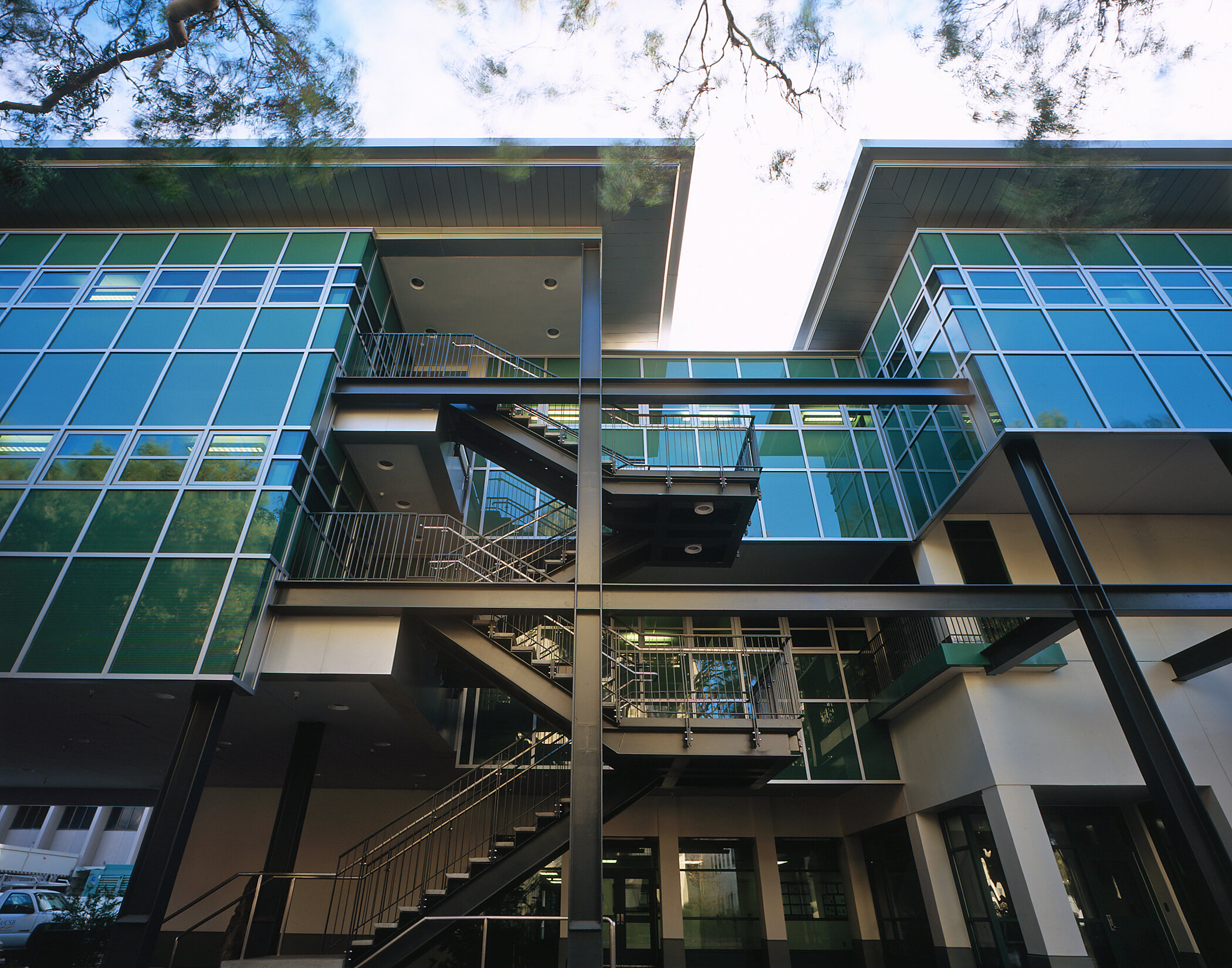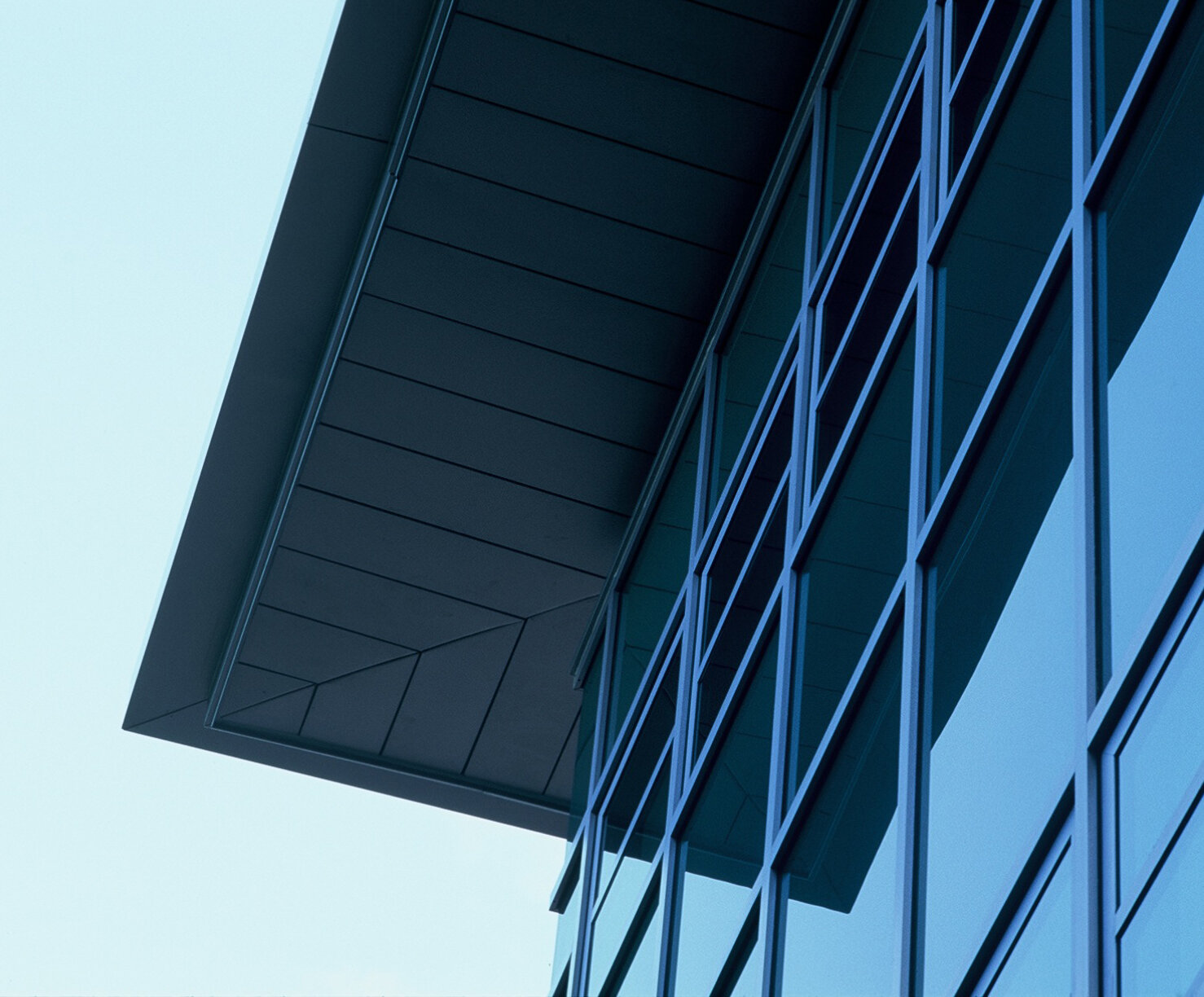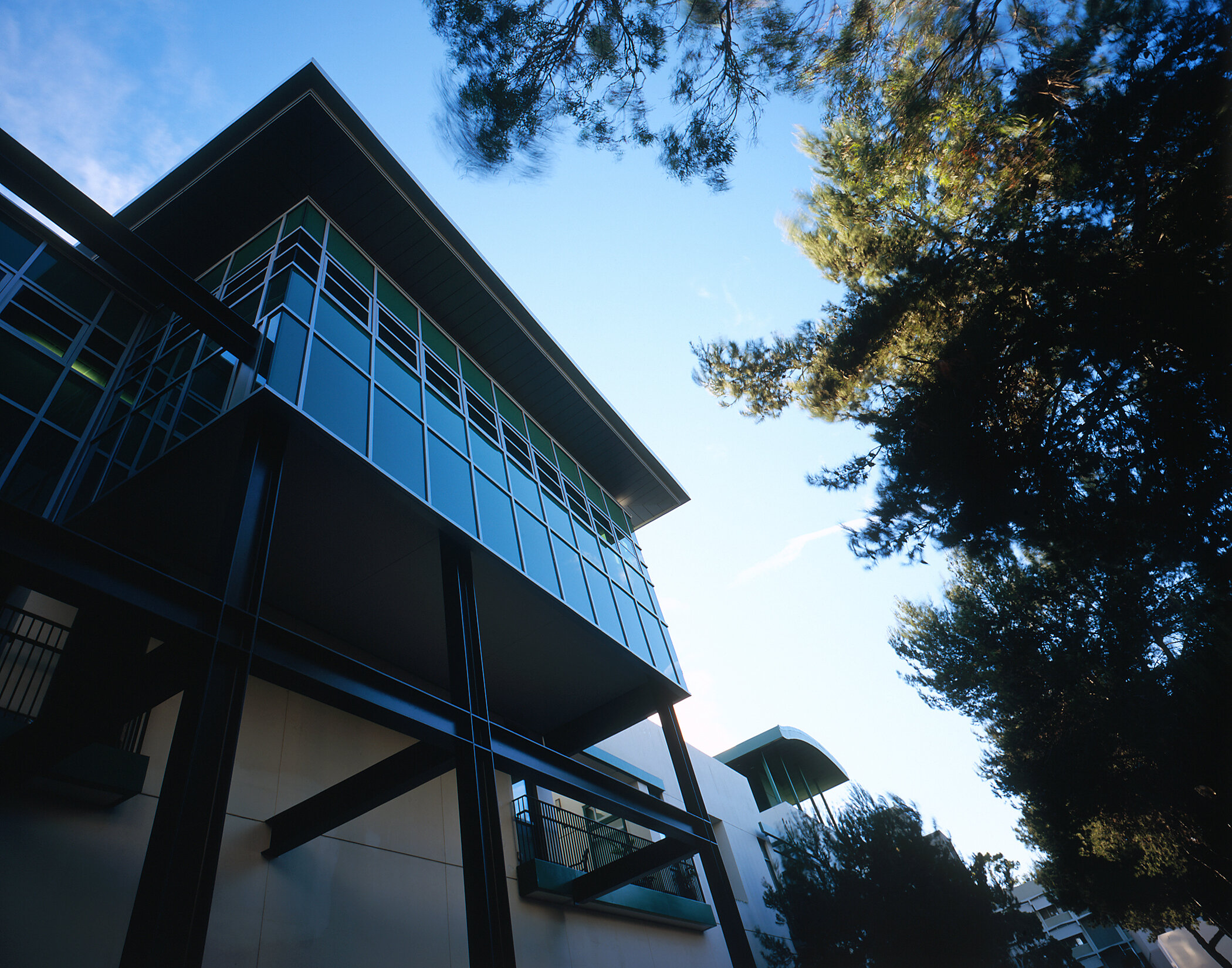
University of california, santa barbara - materials research laboratory
Client: UC Santa Barbara
9,100 SF (Laboratory Space Remodel and Seismic Retrofit: 6,000 SF)
The three-story 9,100 SF addition to the existing Materials Research Laboratory (MRL) building, showcases the MRL’s ongoing development at UCSB's School of Engineering. The Phase 1 expansion seamlessly integrated the new structure into the existing MRL building and is designed as a transparent “lantern” that spotlights research activities. This addition houses offices, conference rooms and informal group discussion areas for the program’s faculty, staff and graduate students. The interior design allows the students and faculty to have informal discussions throughout the building. The addition forms an important edge to the new service road and pedestrian link to the rest of the UCSB campus. The unique challenge was a change in scope to upgrade the existing structure within the laboratory space (which was not included in the original scope of work, schedule and budget). The laboratory spaces were seismically retrofitted and required careful coordination between structural and lab support infrastructure. To diminish the need for daytime artificial light, interior spaces are designed with extensive use of daylighting and selection of specialized glass material to allow natural light with reduced glare and passive ventilation strategies to obtain LEED Certification. Other environmental control strategies included passive ventilation and selective air conditioning. The unique challenge was the project required concurrent California Environmental Quality Act (CEQA) and Coastal Commission review and approvals.
“RNT provided expertise in all aspects of the project, from programming to construction documents though construction administration. The expansion project presented many challenges due to unforeseen conditions and complicated transitions from the existing-to-new construction. [RNT] worked diligently in resolving complex construction issues with creative and timely solutions.”
– Frank Castanha, UC Santa Barbara









